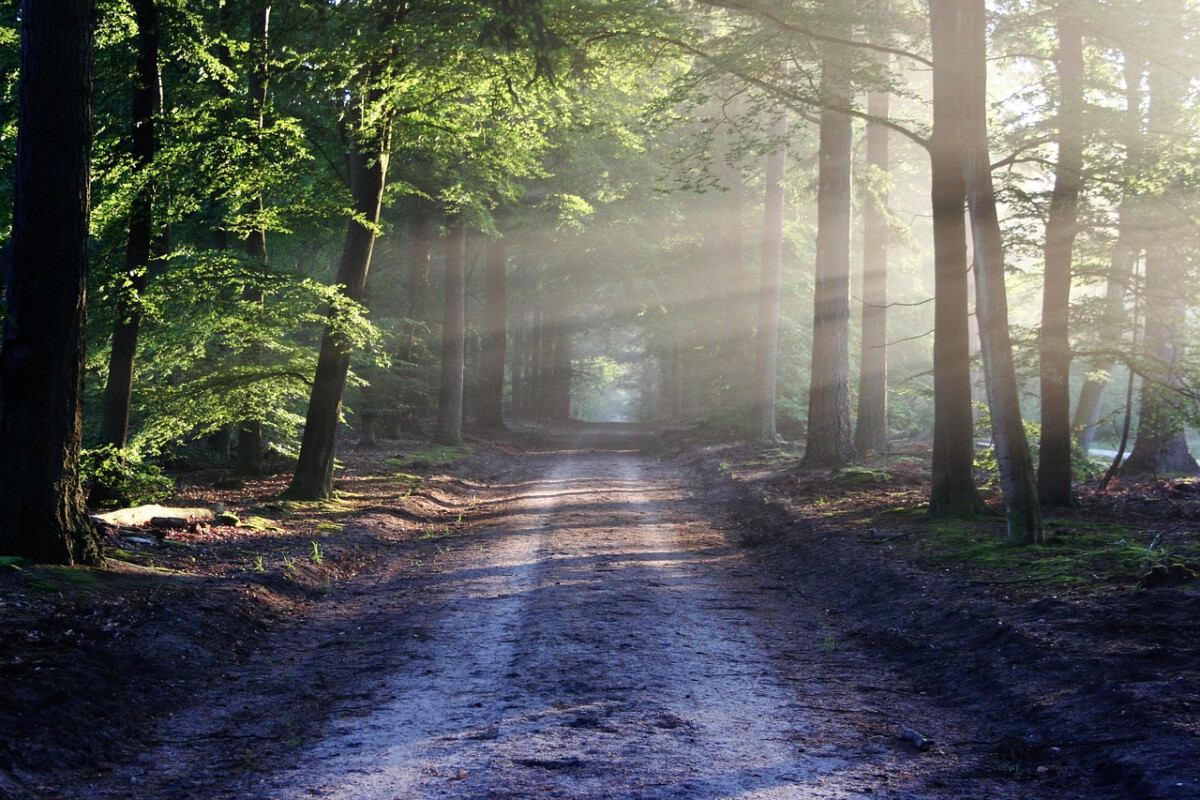Kuwait: Where Thermometers Tremble

Kuwait stands out as a land where the summer heat becomes almost legendary. In the hottest months, temperatures regularly rocket past 50°C (122°F), a reality that pushes life indoors for much of the population. In July 2016, the country recorded a staggering 54.0°C (129.2°F), one of the highest official temperatures on record worldwide. This relentless heat is largely due to Kuwait’s desert landscape and its position in the sun-baked Middle East. Annual rainfall is barely a sprinkle, with only about 100 mm falling each year, making any sign of greenery a rare sight. As of 2025, the climate crisis has only intensified the severity and frequency of heatwaves, prompting urgent discussions about environmental adaptation. Air conditioning isn’t a luxury here—it’s a lifeline, found in nearly every home, office, and car. Kuwait’s extreme weather continues to challenge daily routines, economic activities, and even national policy decisions.
Iraq: Battling Blazing Summers

Iraq faces punishingly high temperatures, especially in the southern regions like Basra and Nasiriyah. Summers here are fierce, with thermometers frequently showing over 50°C (122°F). On July 2016, Iraq matched Kuwait’s heat with a record of 53.9°C (129°F), underscoring the intensity of its climate. The country’s terrain, marked by vast deserts and sparse vegetation, absorbs and radiates heat relentlessly. Iraq’s average yearly rainfall is only about 300 mm, mainly arriving in brief, cooler winter months. The heat has direct impacts on water supplies and agriculture, putting extra stress on already strained resources. As of 2025, Iraq’s government is pushing new water management policies and investing in technology to address the growing threat of climate change. Many residents now structure their lives around the sun, with work and errands squeezed into the cooler early mornings or late evenings.
Iran: Desert Days and Sizzling Cities

Iran’s climate varies, but the south and central regions can feel like natural ovens during summer. The city of Ahvaz, for instance, has registered temperatures as high as 53.7°C (128.7°F), making it one of the hottest urban spots globally. Iran’s deserts, particularly Dasht-e Lut, are infamous for their brutal heat, while annual rainfall is scarce, averaging much less than global norms. Over the past decade, the average temperature in Iran has been steadily rising, and droughts have become more frequent and severe. By 2025, government-led sustainability projects focus on water conservation, energy efficiency, and adapting agriculture to new realities. Public campaigns warn about heatstroke and dehydration, encouraging people to stay out of the sun during midday. Air conditioning demand is at an all-time high, driving up energy consumption in urban areas. Iran’s heat isn’t just uncomfortable—it’s shaping national policy and people’s everyday lives.
United Arab Emirates: Life in the “Frying Pan”

The United Arab Emirates (UAE) is famed for its shimmering skyscrapers, but the real story is the sizzling heat outside. Summer temperatures often hit 50°C (122°F), and when combined with high humidity, the air feels even heavier. Rainfall is a rarity, with around 100 mm annually, so green spaces are carefully cultivated and maintained. The government has invested billions in cooling technology, from air-conditioned bus stops to massive indoor malls. By 2025, the UAE is pioneering ways to keep outdoor life possible, including shaded walkways and climate-controlled public spaces. Tourism has adapted with a focus on evening events, indoor attractions, and water parks to help residents and visitors cope. The country has also ramped up renewable energy projects, aiming to reduce its carbon footprint. Living in the UAE means constantly battling the sun, but innovation keeps the country moving forward.
Saudi Arabia: Desert Heat Redefined

Saudi Arabia’s vast desert landscape is famous for its relentless sun and bone-dry climate. During the peak of summer, temperatures can climb above 50°C (122°F), with official records nearing 52.0°C (125.6°F) in some areas. Water is precious here, with less than 100 mm of rain most years, making every drop count. The government has responded with sweeping initiatives in water conservation and the promotion of desalination technology to meet basic needs. As of 2025, Saudi Arabia is also investing heavily in solar energy and urban planning to make cities more livable amid rising temperatures. Public awareness campaigns encourage people to stay indoors during the hottest hours and to hydrate regularly. The heat shapes every aspect of daily life, from school schedules to work hours. Surviving the Saudi summer is a feat that demands both resilience and innovation.
Oman: Sun, Sand, and Searing Temperatures

Oman’s landscapes are breathtaking, but the unyielding heat can take your breath away. In the interior, summer temperatures often soar to 50°C (122°F), while coastal areas remain sweltering with high humidity. Most of the country receives only about 100 mm of rainfall annually, though some southern regions like Dhofar see more during the monsoon. Agriculture is a challenge, relying on ancient irrigation systems and careful water use. Oman has responded by investing in solar energy and promoting eco-friendly tourism. In 2025, public health campaigns focus on the dangers of heatstroke and dehydration, sharing information with locals and tourists alike. Water scarcity is a daily concern, with conservation deeply ingrained in daily habits. Outdoor activities are encouraged only in the early morning or after sunset, when the heat eases slightly. Oman’s beauty is undeniable, but surviving its summers requires both preparation and respect.
Qatar: Hotter Than Ever

Qatar’s summers are intense, with temperatures often reaching the high 40s°C and occasionally nearing 50°C (122°F) making it one of the hottest places on Earth. With just around 80 mm of rainfall annually, humidity levels can be stifling, especially near the coast. By 2025, Qatar has become a leader in heat adaptation, showcasing innovations like air-conditioned stadiums, climate-controlled parks, and shaded public areas. Ahead of global events like the World Cup, the country invested heavily in sustainable cooling technologies. Research institutions are actively studying the long-term effects of extreme heat on public health and infrastructure. New building codes now require advanced insulation and energy-efficient cooling systems in all new developments. Public campaigns warn residents and workers about the dangers of heat exhaustion and dehydration. Despite its harsh climate, Qatar continues to thrive proving that with the right innovations, life can flourish even in the hottest environments.
Bahrain: Heat on an Island Scale

Bahrain may be small, but its summer heat is mighty, with temperatures often exceeding 45°C (113°F). The island’s desert climate brings high humidity, making the heat feel even more suffocating, while rainfall averages just 100 mm per year. Water scarcity is a major issue, and the government has responded with large-scale desalination projects and sustainable water management policies. In 2025, Bahrain is pushing for renewable energy, aiming to reduce dependence on fossil fuels and promote greener alternatives. Public health efforts focus on educating citizens about staying cool and hydrated, especially vulnerable groups like children and the elderly. The tourism industry is shifting toward indoor attractions, such as shopping malls and museums, and promoting evening events when temperatures are lower. The heat shapes everything from work hours to social gatherings. Bahrain is determined to meet these challenges head-on, investing in both technology and public education.
Antarctica: The Ultimate Deep Freeze

Antarctica is the coldest, most unforgiving continent on the planet, with winter temperatures dropping as low as -80°C (-112°F). The landscape is an endless sea of ice and snow, making it inhospitable for nearly all life except a few resilient species and visiting scientists. Travel is tightly restricted and only possible during the mildest months, when temperatures are still extremely low by any standard. As of 2025, climate change is accelerating the melting of Antarctic ice sheets, raising alarms about global sea level rise. The region’s remoteness and harshness mean that even the most adventurous travelers often skip it, unless they’re prepared for true extremes. Expeditions require specialized equipment and strict safety protocols to cope with the cold and isolation. The risks are real, ranging from frostbite to whiteouts that can disorient even experienced explorers. Antarctica remains a place for scientists and thrill-seekers, not casual tourists.
Greenland: Icy Wilderness

Greenland is synonymous with cold, boasting winter temperatures that regularly plunge below -30°C (-22°F) and sometimes much lower. Its rugged, icy terrain stretches for miles, with much of the population living along the relatively milder coastlines. Travel can be unpredictable, as snowstorms and extreme cold often disrupt plans and limit outdoor activities. In 2025, the melting of Greenland’s ice sheet continues to make headlines, contributing significantly to global sea level rise. The cold is a serious consideration for anyone visiting, with proper gear and preparation being absolute necessities. For many travelers, the combination of cost, remoteness, and harsh conditions makes Greenland a destination to skip. While the natural beauty is unmatched, the weather can quickly turn any trip into a test of endurance. Tourism here is for the brave, not the casual vacationer.
Siberia, Russia: The Land of Endless Winter

Siberia is famous for winters that seem to last forever, with temperatures in some areas dropping below -40°C (-40°F) for weeks or months at a time. The region covers a vast swath of Russia, marked by snowy forests, frozen rivers, and remote settlements. Getting around can be a challenge, as icy roads and blizzards often disrupt transportation and make travel risky. In 2025, permafrost thawing is a growing concern, both for the environment and infrastructure, as climate change alters the Siberian landscape. Visitors need to be prepared for limited amenities, high costs, and the ever-present threat of frostbite or hypothermia. Local life adapts to these extremes, but for outsiders, the cold can feel overwhelming and even dangerous. For many, the beauty of Siberia’s wilderness isn’t enough to outweigh the risks and discomfort. The region remains a powerful reminder of nature’s extremes.






